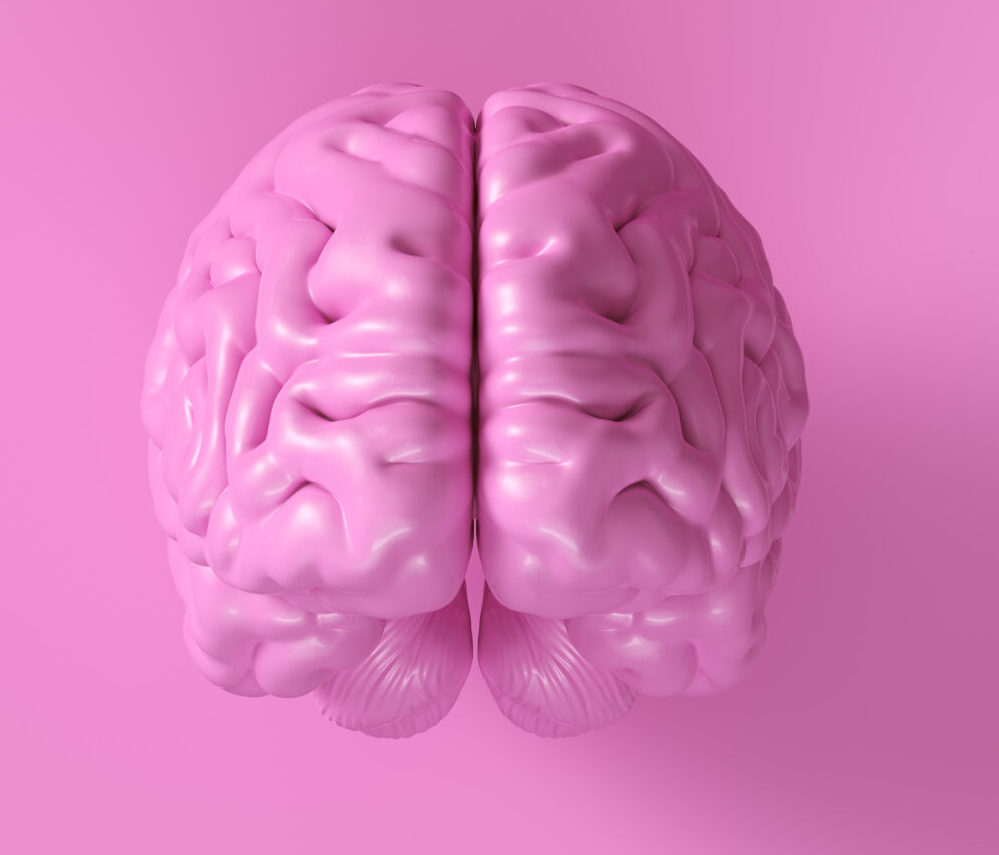Neuroplasticity is the brain’s incredible ability to change and adapt throughout life. This concept is at the heart of various training programs designed to enhance cognitive resilience. Cognitive resilience refers to the brain’s capacity to withstand stress, trauma, or injury and maintain its function. Here’s how neuroplasticity training programs can help build this resilience.
## Understanding Neuroplasticity
Neuroplasticity allows the brain to reorganize itself by forming new neural connections. This process can occur in response to new experiences, learning, or even injury. It means that no matter our age or health status, we can always improve our brain function and adapt to new situations.
## Types of Neuroplasticity Training Programs
1. **Cognitive Rehabilitation Programs**: These programs are designed for individuals recovering from brain injuries or neuropsychiatric conditions. They often include techniques like Compensatory Cognitive Training (CCT) and CogSMART, which help improve cognitive function and everyday performance by teaching practical strategies. For example, CCT focuses on using alternative methods to compensate for cognitive deficits, while CogSMART emphasizes strategy training to enhance cognitive abilities.
2. **Neuroplasticity for Children**: Programs aimed at children focus on integrating primitive reflexes to enhance motor and cognitive skills. These reflexes are automatic movements that infants exhibit, and their proper integration is crucial for normal development. By addressing retained reflexes, therapists can create personalized treatment plans that improve functional outcomes in children with developmental delays or conditions like ADHD and autism.
3. **Brain Retraining for Chronic Illness and Trauma**: Programs like Primal Trust use neuroplasticity to help individuals overcome chronic illness and trauma. They combine brain retraining with somatic practices, vagus nerve toning, and trauma processing to regulate the nervous system and promote healing. These programs often involve community support and personalized guidance to help individuals regain control over their health.
## Benefits of Neuroplasticity Training
– **Improved Cognitive Function**: Neuroplasticity training can enhance memory, attention, and problem-solving skills, making it easier to cope with cognitive challenges.
– **Enhanced Resilience**: By building cognitive resilience, individuals can better handle stress and adversity, reducing the risk of mental health issues like depression and anxiety.
– **Personal Growth**: Neuroplasticity training encourages personal growth by fostering positive changes in the brain, leading to improved motivation and life satisfaction.
## How to Engage in Neuroplasticity Training
Engaging in neuroplasticity training is accessible and can be tailored to individual needs. Here are some steps to get started:
1. **Seek Professional Guidance**: Consult with healthcare professionals or therapists who specialize in neuroplasticity training to find the right program for you.
2. **Practice Consistently**: Regular practice is key to seeing improvements in cognitive resilience. Set aside time each day for activities that challenge your brain, such as puzzles, learning a new skill, or meditation.
3. **Stay Motivated**: Joining a community or finding a support group can help keep you motivated and engaged in your training.
In conclusion, neuroplasticity training programs offer a powerful way to build cognitive resilience and improve overall brain health. Whether you’re recovering from injury, managing chronic illness, or simply seeking personal growth, these programs can help you unlock your brain’s full potential.

